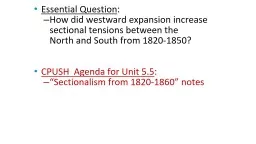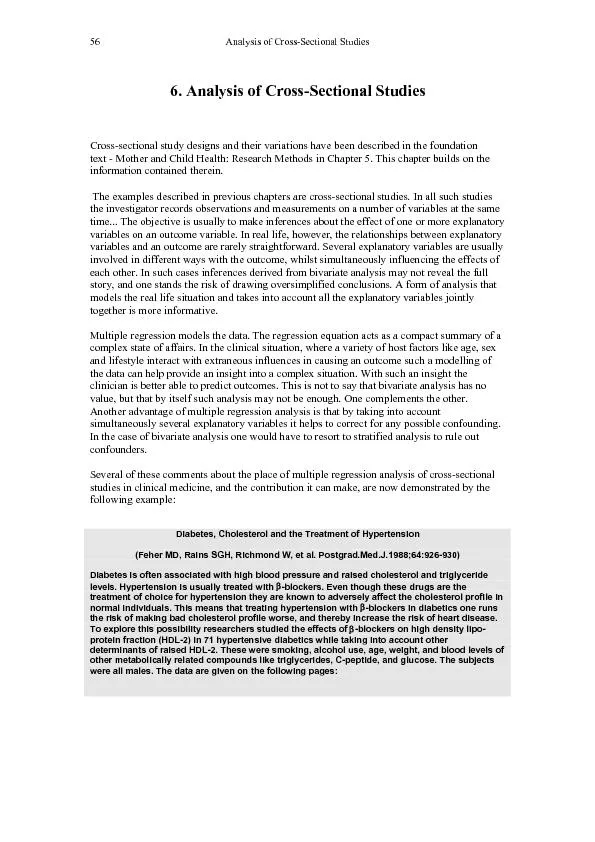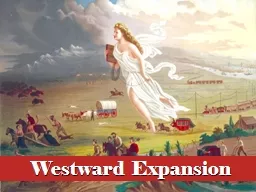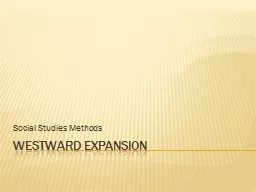PPT-Essential Question : How did westward expansion increase sectional tensions between the
Author : sherrill-nordquist | Published Date : 2020-04-05
North and South from 18201850 CPUSH Agenda for Unit 55 Sectionalism from 18201860 notes From 18001860 the North and South became vastly different regions King
Presentation Embed Code
Download Presentation
Download Presentation The PPT/PDF document " Essential Question : How did westward e..." is the property of its rightful owner. Permission is granted to download and print the materials on this website for personal, non-commercial use only, and to display it on your personal computer provided you do not modify the materials and that you retain all copyright notices contained in the materials. By downloading content from our website, you accept the terms of this agreement.
Essential Question : How did westward expansion increase sectional tensions between the: Transcript
Download Rules Of Document
" Essential Question : How did westward expansion increase sectional tensions between the"The content belongs to its owner. You may download and print it for personal use, without modification, and keep all copyright notices. By downloading, you agree to these terms.
Related Documents














